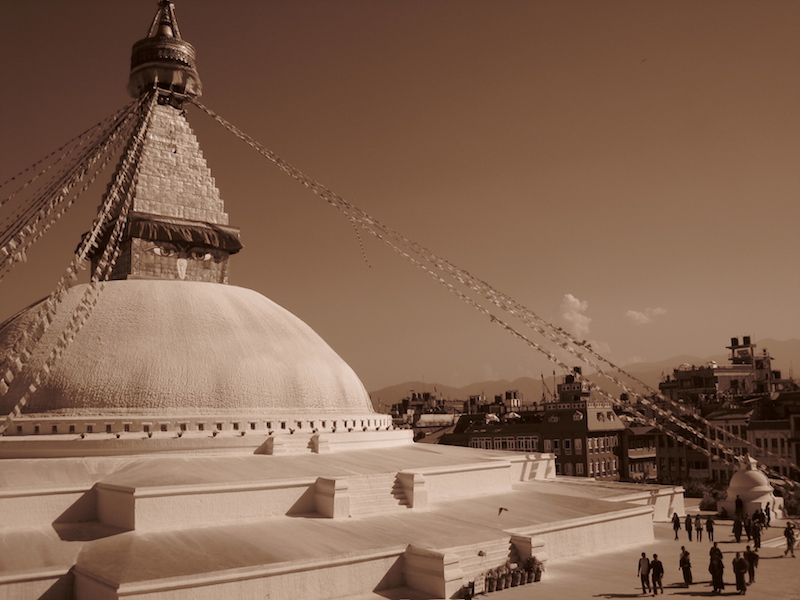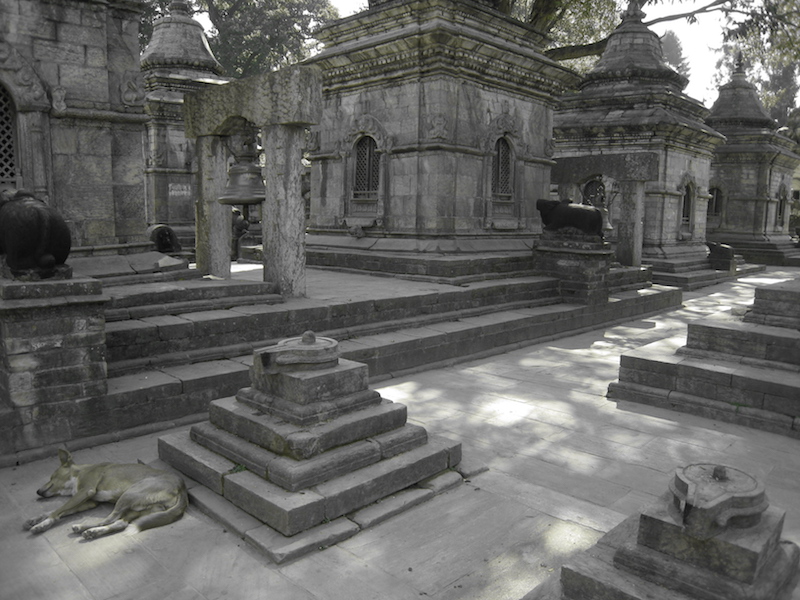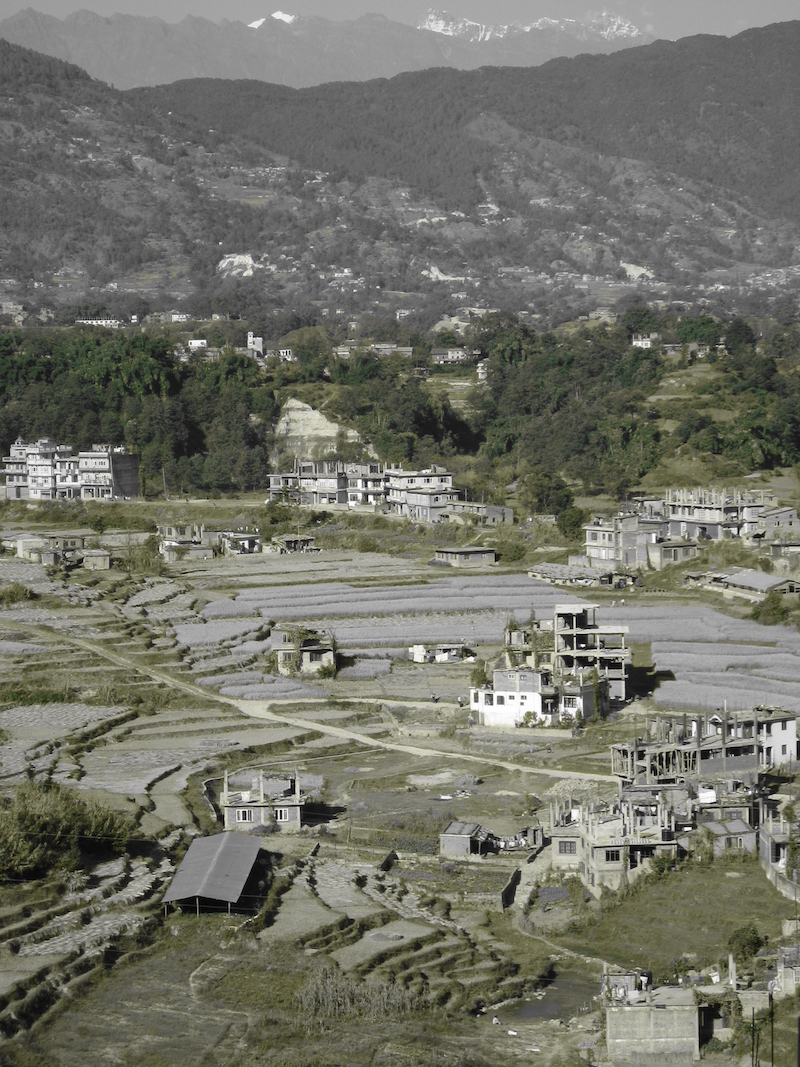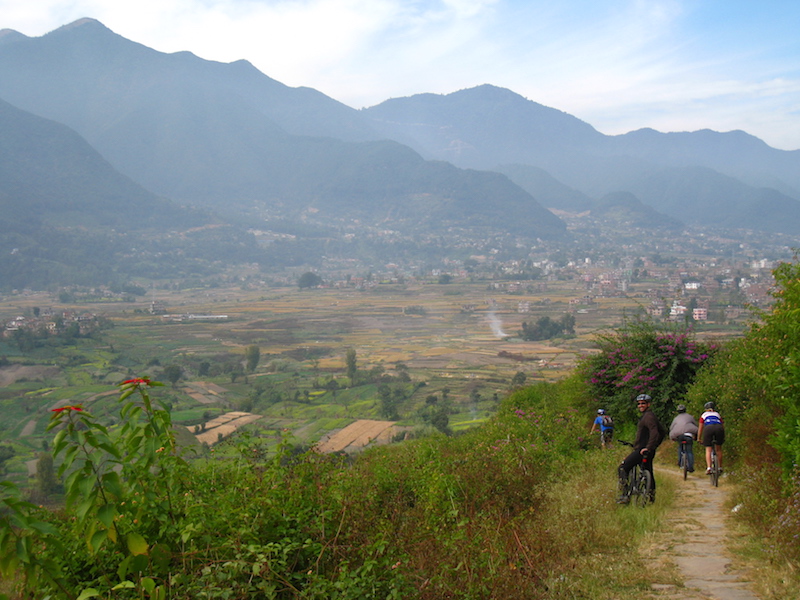Case Studies in the 9 to 5 alternative: No. 4
Welcome to a series of profiles on alternative lifestyles. If you think that you (or someone you know) would make for an interesting interview, then drop me a line. I know there are plenty of you out there ![]() Hope you enjoy!
Hope you enjoy!
 Meet Marc Elliot. A close friend of mine, Marc was born with Hirschsprung’s disease, a rare condition that left him with virtually no intestines. Think eating bad Mexican food will disrupt your bowels? Marc has probably got you beat. At age nine, he also developed Tourette’s, a syndrome characterized by its physical and verbal tics. From involuntary shouts and racial slurs, Marc has spent the better part of his life learning to adapt and deal with his condition. He’s got some stories.
Meet Marc Elliot. A close friend of mine, Marc was born with Hirschsprung’s disease, a rare condition that left him with virtually no intestines. Think eating bad Mexican food will disrupt your bowels? Marc has probably got you beat. At age nine, he also developed Tourette’s, a syndrome characterized by its physical and verbal tics. From involuntary shouts and racial slurs, Marc has spent the better part of his life learning to adapt and deal with his condition. He’s got some stories.
A year ago, when Marc was passing through Boston to visit family, we had the chance to catch up. I was thrilled to learn that he was about to make a big life decision – whether or not to become a professional speaker.
Over the last year, Marc has spoken in 15+ states and reached 60,000+ people about tolerance. His presentation, called “Don’t Judge a Book by its Noises,” is hilarious, informative, and full of passion. Marc is certainly living ” the 9 to 5 alternative.” I’ll let him tell you more about his decision.
So you’re on your way to medical school. What happened?
I’m still trying to figure it out. For twenty-three years I was planning on going to medical school to become a pediatric surgeon. At some point after spending a college semester in London, though, I decided to take a year off before applying to medical school. Thus the first deviation from my quintessential life plan.
During my year off, I felt compelled to do something different, not to work in a research lab or hospital for the simple reason that I was about to spend my whole life doing that. Up to that point, I had spoken recreationally and at one point wondered if I could turn pro bono speaking into a full-time gig. Before I knew it, I had a marketing packet in my hand and a presentation to sell: Don’t Judge a Book by Its Noises. The intent was to teach students about tolerance. It felt great at the time, but I had one problem – I didn’t have a single engagement!
Over the next five months I tried hard to get gigs, but it was tough. Around November, schools started to bite, and before long, I had booked just over 20 engagements for that spring semester. It was exhilarating and exciting, selling a speech that I hadn’t even given before!
Tell us about your first couple of speeches. Has the style of your presentation changed at all?
To compare the speech I give today with my first experiences on the road would be embarrassing. My first engagement, to a small non-profit in Milwaukee, was preceded by a hypnotist. It was nerve-wracking and surreal and all kinds of exhilarating. Though my most memorable presentation those first months was at a prestigious boarding school called Suffield Academy in Connecticut. It was my first standing ovation—500 students and faculty—and while I didn’t know it at the time, that became the true symbolic beginning of my professional speaking career. My speech, since then, has evolved multiple times, each time incorporating a lesson from the past.
How do you find speaking engagements? What’s your schedule?
Early on, some of the best advice I received was, “Marc, you need an agent… any kind of an agent!” Luckily I had one, Andreas Thysseen, who happened to be one of my closest friends growing up. In the beginning, he would cold-call schools and say, “Hi, my name is Dreas and I’m representing a young motivational speaker on tolerance named Marc Elliot…” Now, while I still have some people that help generate presentation-leads, I find myself getting referrals. I also recently joined Coleman Productions, which is a speaking agency that represents me at colleges across the country. With my own bookings for high schools coupled with this agency’s efforts, I plan on having 150-200 engagements over the next 2 years.
What about your finances?
Money! It is still mind-blowing to think that I get paid to speak, especially since this started out solely as an adventurous place-holder before medical school. What is even more amazing is that I get paid to spread such an important message.
The first few months, pricing my presentation was an awkward and unchartered experience. With little market research, Dreas and I made up my fee. I spoke at engagements ranging from $0 to $1,105 this past spring. As I embark on my first legitimate year of speaking, my fee for high schools is now $1,500 (plus travel expenses), while for colleges it is bit more. Charging this much seemed daunting at first, but I am beyond confident that my impact absolutely merits that fee. Compared to other speakers, my prices are quite competitive.
Any funny “growing up” stories you like to tell during your presentation?
That question is like shooting a fish in a barrel—remember, I grew up with Tourette’s and only four feet of intestines! My entire presentation is filled with stories and anecdotes that implicitly convey ideas of tolerance rather than me explicitly telling students “how to treat people.”
I’ll end this interview with a classic “growing up” interaction. One time, before boarding a plane, I told a flight attendant, “Hi, my name is Marc Elliot. I just want to let you know that I have Tourette’s Syndrome. I sometimes make involuntary noises and I cannot help it.” She replies, “Don’t worry honey… we’re all a little bit crazy!”
You can get in touch with Marc through his website at Marc Speaks, or ask a question in the comments and I’ll do my best to make sure he sees it!



